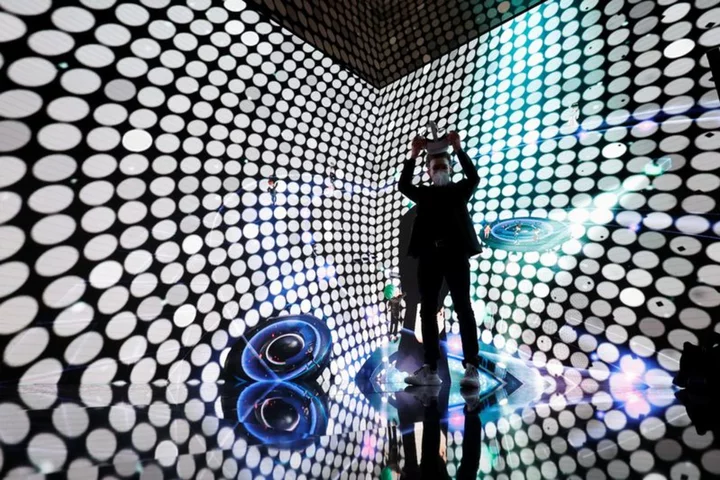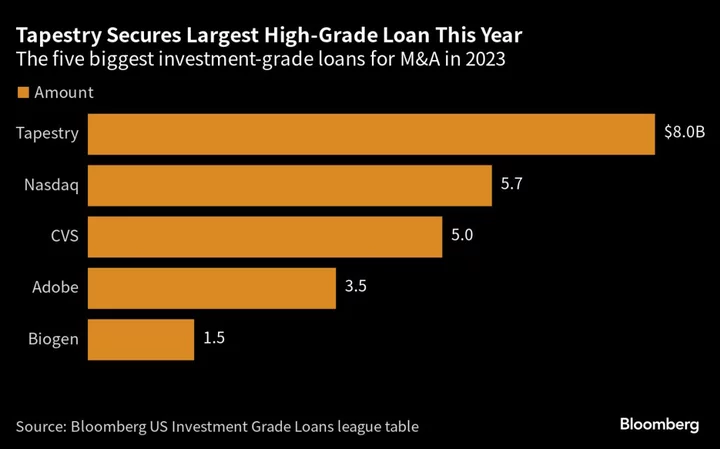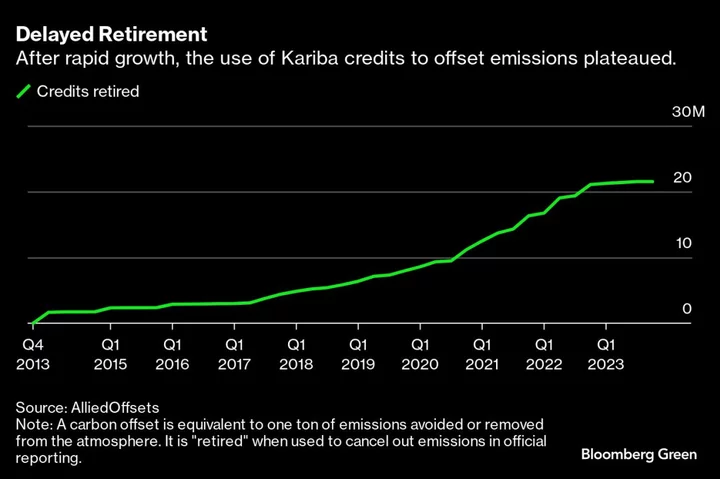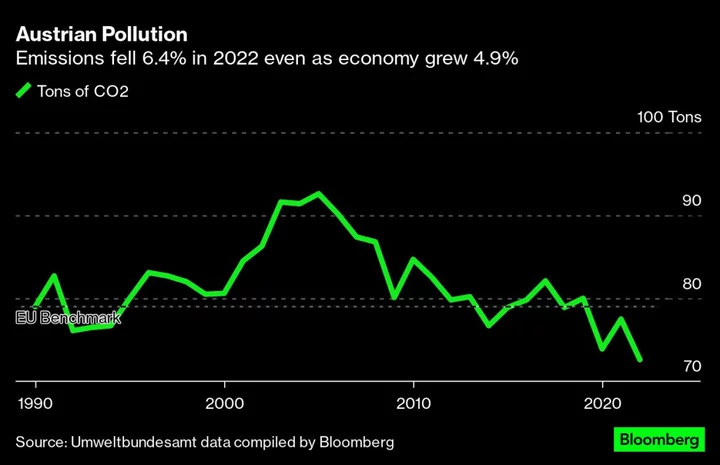
Marvel’s Spider-Man 2 Breaks Sales Records to Become Fastest-selling PlayStation Studios Game in PlayStation History
SAN MATEO, Calif.--(BUSINESS WIRE)--Oct 23, 2023--
2023-10-23 21:30

Amouranth slams Twitch for its 'sin' after Kick move, fans call it 'worst discoverability'
Amouranth accused Twitch of having a faulty business model that hinders content creators from succeeding as they fail to achieve profitability
2023-06-20 17:52

10 Facts About King James VI and I
James VI and I was the first monarch to rule both Scotland and England. He also spearheaded the Scottish witch trials.
2023-05-25 02:26

Metaverse has set off no alarms or need for controls yet - EU's Vestager
By Foo Yun Chee BRUSSELS (Reuters) -The metaverse, shared virtual worlds accessible through the internet, has not triggered any concerns
2023-07-06 20:18

OpenAI offers $100,000 grants for ideas on AI governance
By Greg Bensinger OpenAI, the startup behind the wildly popular ChatGPT artificial intelligence chatbot, said Thursday it will
2023-05-26 05:00

Westinghouse and Ukraine’s Energoatom Pursuing Deployment of AP300™ Small Modular Reactor to Meet Climate, Energy Security Goals
CRANBERRY TOWNSHIP, Pa.--(BUSINESS WIRE)--Sep 12, 2023--
2023-09-13 01:50

Palia Beta: How to Sign Up
Here's how to sign up for the Palia Beta.
2023-07-12 01:17

AWS outage causes some websites to go dark
Amazon’s cloud computing unit Amazon Web Services experienced an outage on Tuesday, affecting publishers that suddenly found themselves unable to operate their sites
2023-06-14 06:20

Sarah Silverman and other authors sue ChatGPT creator over claims it stole their texts
Two of the world’s biggest artificial intelligence firms are being sued by celebrities including Sarah Silverman. The writers claim that ChatGPT creator OpenAI and Facebook parent company Meta used their text to train their artificial intelligence systems, without permission. “Since the release of OpenAI’s ChatGPT system in March 2023, we’ve been hearing from writers, authors, and publishers who are concerned about its uncanny ability to generate text similar to that found in copyrighted textual materials, including thousands of books,” wrote Joseph Saveri and Matthew Butterick, the lawyers behind the class-action complaint. Mr Saveri and Mr Butterick have already launched legal proceedings against GitHub Copilot, an AI coding assistant, as well as Stable Diffusion, the popular AI image generator. They call the systems “industrial-strength plagiarists” on a website built to track and promote that work that also includes the complaints that have been filed in California. Last week, the two lawyers launched class-action lawsuits against OpenAI, arguing that it was remixing the “copyrighted works of thousands of book authors—and many others—without consent, compensation, or credit”. That complaint was initially launched on behalf of two authors, Paul Tremblay and Mona Awad, who have since been joined by Sarah Silverman, Chris Golden and Richard Kadrey. The lawsuit alleges that their work had been downloaded from “shadow library” websites that make it possible to download large amounts of text in bulk. They were then used to train the ChatGPT and LLaMa systems made by Meta and OpenAI, it claims. The suit shows that ChatGPT will summarise those authors’ books when prompted, infringing copyright and not giving any of the copyright information about the books, the lawyers claim. The authors “did not consent to the use of their copyrighted books as training material”, the lawsuit says. OpenAI did not respond to a request for comment from The Independent. Meta declined to comment. Read More Will.i.am hails AI technology as ‘new renaissance’ in music Instagram Threads hits 100 million users SpaceX smashes reusable rocket record as Elon Musk makes bold Starship claim
2023-07-11 01:28

Tapestry Inks Largest M&A Debt Financing This Year for Capri Purchase
Tapestry Inc., the owner of brands including Coach and Kate Spade, has entered into the largest high-grade loan
2023-08-11 00:21

Roblox beats bookings estimates on higher in-game spending, shares jump
By Harshita Mary Varghese (Reuters) -Roblox beat quarterly bookings estimates as in-game spending jumped and summer break drove more users
2023-11-09 00:27

Celsius Network founder arrested, charged with fraud, US prosecutor says
(Reuters) -Alex Mashinsky, the founder and former CEO of bankrupt cryptocurrency lender Celsius Network, was arrested and charged with fraud,
2023-07-13 21:51
You Might Like...

Carbon Investors Risk Losses Tied to Mega-Project, Trader Says

Apple introduces the 15-inch MacBook Air

Energy Crisis, War Inflation Drive Down Austria’s CO2 Pollution

Slay the Cables: Corsair’s iCUE Link Is a Brilliant Cleanup Job for PC DIY Building

Debate erupts over who was hotter - young Robert De Niro or young Al Pacino

Netflix Steps Up Videogame Challenge to Microsoft. The Cloud Is Its Battlefield.

Bolivian EV startup hopes tiny car will make it big in lithium-rich country

Cross Country’s Chief Human Resource Officer Named a 2023 DEI Influencer
